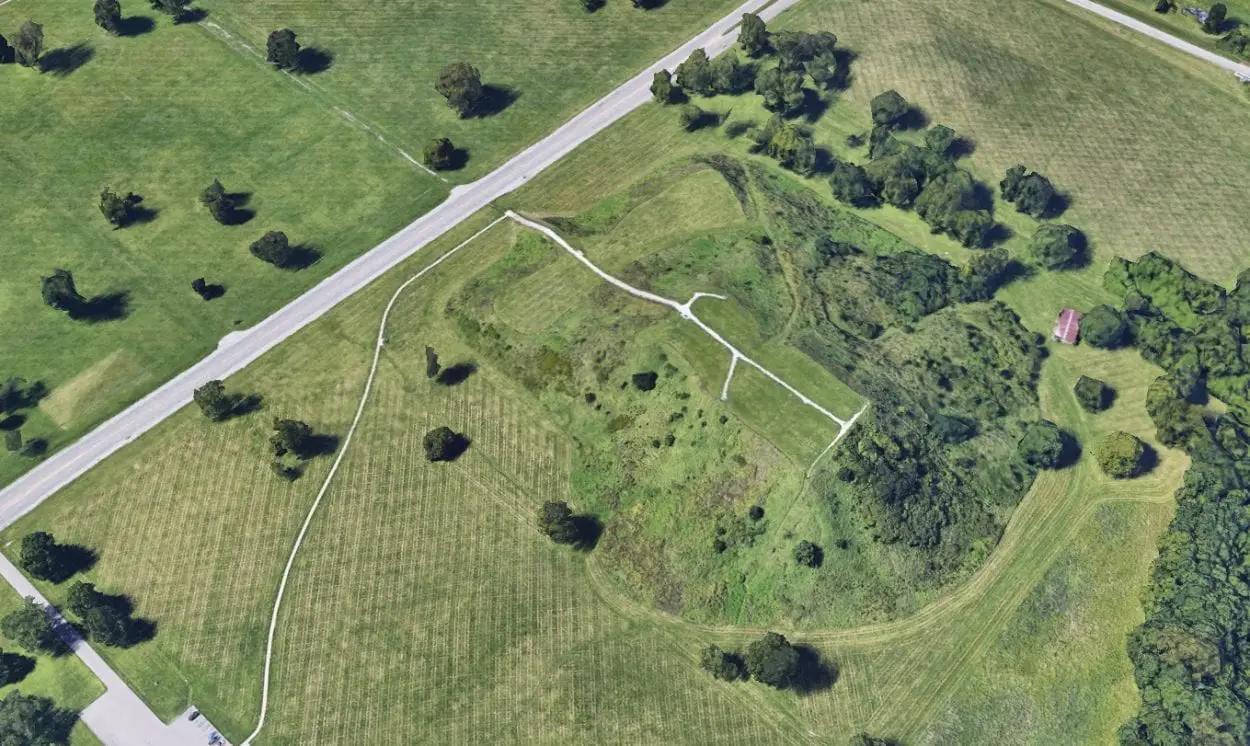Cahokia was the largest urban settlement to develop from the Mississippian culture, a mound-building pre-Columbian civilisation that developed in the Midwestern, Eastern, and South-eastern United States.
The area was first inhabited as early as the Late Archaic period around 1200 BC, but the original builders are believed to have settled in the region around AD 600-700 during the Late Woodland Period. Archaeological evidence suggests that the city was founded around AD 1050 in what is now western Illinois.
At its peak, Cahokia was the largest urban centre north of the Mesoamerican civilisations of Central America and home to a population of up to 20,000 inhabitants, although the extent of the population at its highest is still disputed.
The city covered an area between six to nine square miles, notably larger than many contemporary European cities such as London, which during the same period was just 1.12 square miles. The inhabitants constructed 120 earthen mounds, ranging in size and shape from raised platforms, conical, and ridge-top designs that involved moving 55 million cubic feet of earth over a period several decades.

They constructed ceremonial plazas, situated around the mounds that were interconnected with pathways, courtyards and thousands of dwellings made from wattle and daub, with outlying farming villages that supported the main urban centre.
The largest structure at Cahokia is “Monks Mound” (named after a community of Trappist monks who settled on the mound) which is a 290-metre-tall platform with four terraces that was built around AD 900–955. The perimeter of the base of Monks Mound measures similar in size to the Great Pyramid of Giza and is notably larger than the base of the Pyramid of the Sun at Teotihuacan.
Surrounding the main precinct was a defensive wooden palisade measuring 2 miles in length with watchtowers, that was built around the year AD 1200. Although there is no archaeological evidence of conflict, some theories suggest that the defences were built for ritual or societal separation rather than for military purposes.
Cahokia began to decline by the 13th century and was mysteriously abandoned around AD 1300-1350. Scholars have suggested that environmental factors such as flooding, or deforestation led to an exhaustion of natural resources.
In 1982, UNESCO (the United Nations Educational, Scientific and Cultural Organisation) designated the site a World Heritage Site.

Header Image Credit : MattGush – iStock





